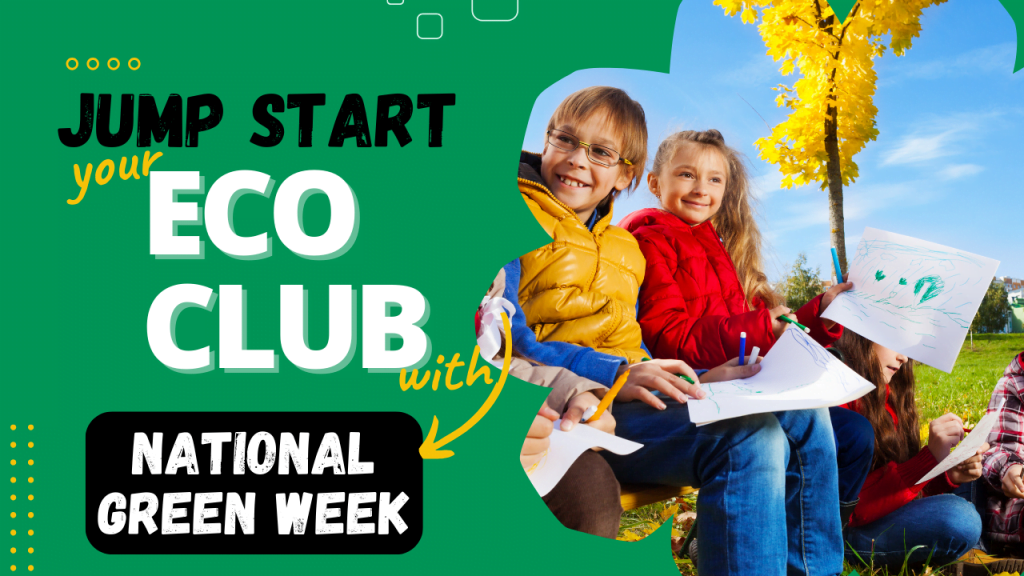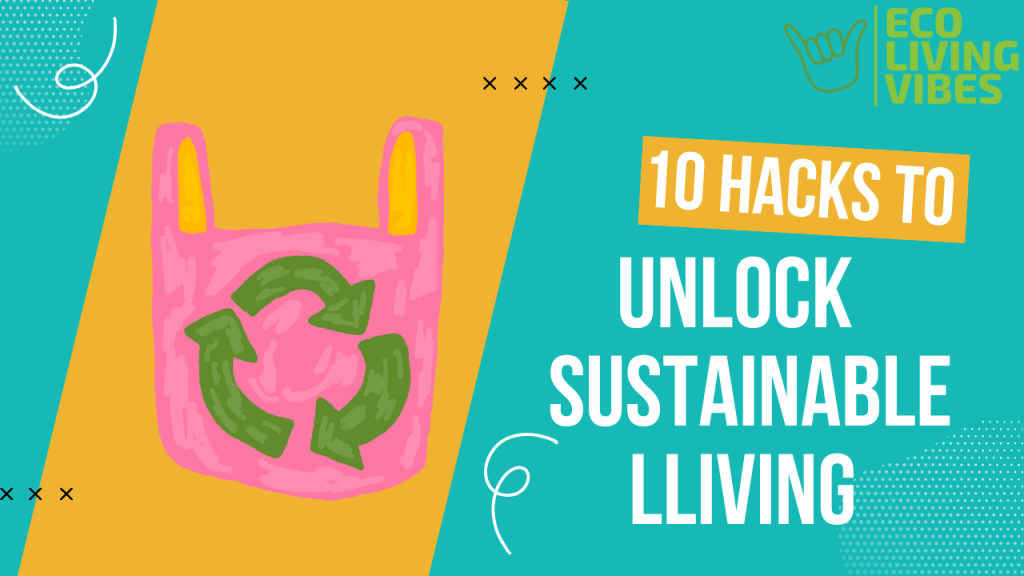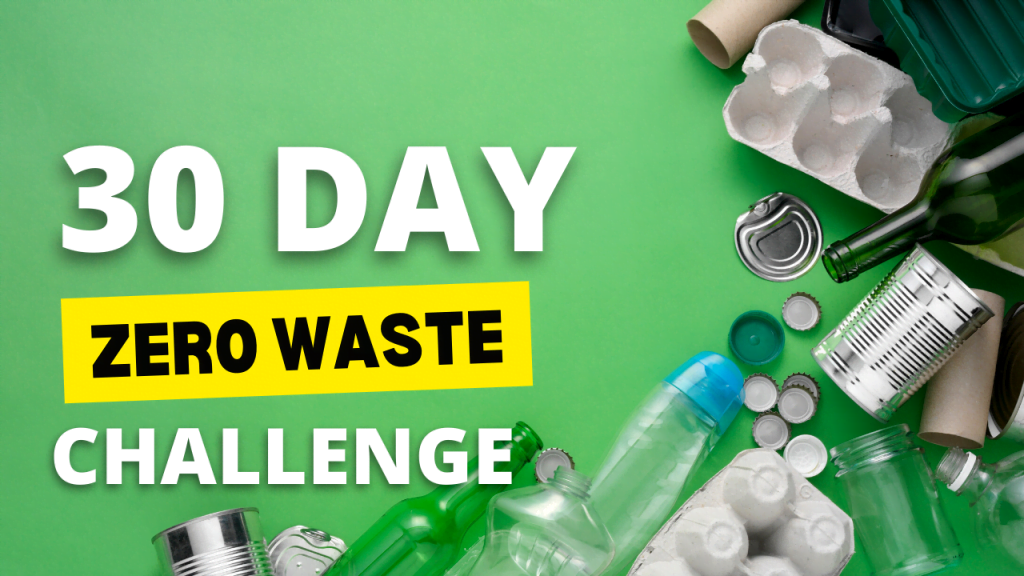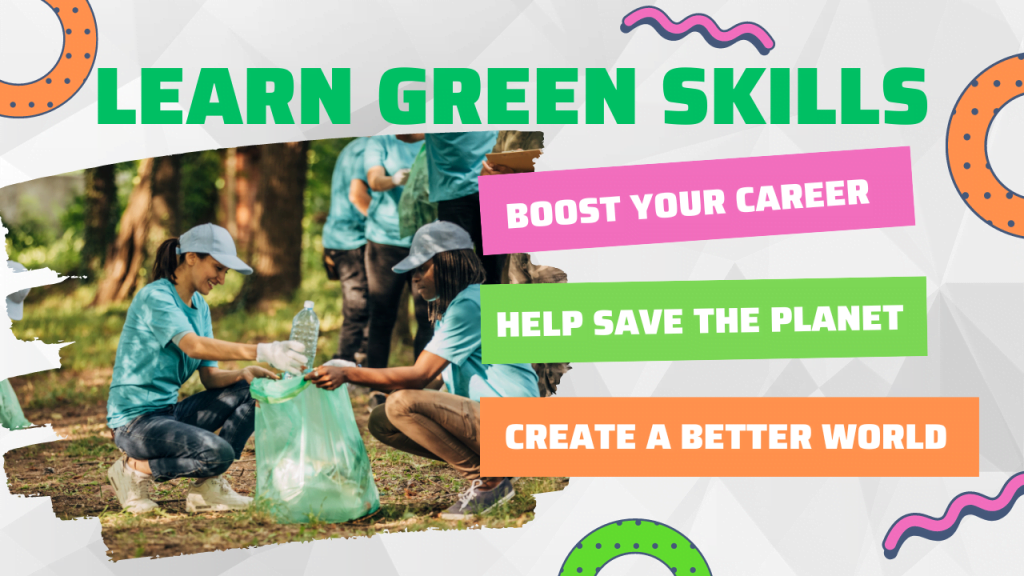Hello, eco-enthusiasts! Ready to elevate your Eco Club during National Green Week? This special week isn’t just a period of learning; it’s a launching pad for eco-clubs, classrooms, and homes across the nation to ignite environmental passion. Let’s dive in!

The Heart of National Green Week
Wondering why National Green Week is pivotal? It’s an educational beacon, shining light on environmental issues and inspiring positive change. It’s our chance to make a difference, one green step at a time.
Who Will Benefit?
Teachers, parents, and students – you’re all key players here. Whether you’re leading an eco club, engaging a classroom, or nurturing young minds at home, this guide is your go-to resource. We’re here to help you spark a wave of eco-awareness.
Unpacking the Green Goodies
- Discover the roots and impact of National Green Week – vital knowledge for any eco club.
- Access interactive resources perfect for eco club activities and classroom engagement.
- Find inspiration and actionable tips to champion environmental causes in your community.
So, are you geared up to bring eco-awesome changes with National Green Week? Let’s make this journey memorable and impactful for every eco club out there. Keep reading to explore more!
Understanding National Green Week: A United Effort
Curious about the roots of National Green Week? This nationwide initiative has a rich history, blossoming from a small seed of an idea into a country-wide movement.
History and Evolution
It all began as a local effort to raise environmental awareness. Fast forward, and now every corner of the U.S., from bustling cities to serene rural areas, unites under this green banner. National Green Week has become a symbol of our collective commitment to the planet.
Themes Over the Years
Each year, National Green Week brings fresh themes. From conserving water in California to promoting urban gardens in New York, these themes resonate with diverse communities. They celebrate local environmental victories while addressing broader issues that affect us all.
Current Environmental Challenges
Now, let’s talk about today. Our planet faces pressing challenges like climate change, pollution, and habitat loss. These issues know no borders and impact every American, regardless of where we live. National Green Week is our collective voice in this crucial conversation.
Together, we’re learning, acting, and inspiring others to join this vital cause. Ready to be a part of this change?
Educational Resources for Teachers: Empowering Green Education
As educators, you have the unique power to shape young minds on environmental issues. This section provides a treasure trove of resources to make your National Green Week impactful and memorable.
Dynamic Lesson Plans for Diverse Classrooms
Lesson plans are the backbone of any educational endeavor. Here, you’ll find a collection of plans, each tailored to different subjects and age groups, all infused with environmental themes. Whether you’re educating first graders or high school seniors, these plans are designed to spark curiosity and foster a deeper understanding of our planet.
Elementary School Lesson Plans
For younger minds, the focus is on exploration and discovery:
- Exploring Local Ecosystems: A hands-on lesson where students investigate local wildlife and plant life, understanding their roles in the ecosystem.
- Recycling and Waste Management: Interactive activities that teach the basics of recycling, composting, and reducing waste.
- Energy Conservation: Simple experiments to demonstrate how energy is used and ways to conserve it in daily life.
Exploring Local Ecosystems
Objective:
Engage students in exploring local wildlife and plant life, understanding their roles in the ecosystem.
Activities:
- Field trips to nearby natural areas.
- Observations and discussions about local flora and fauna.
- Creating a class ecosystem map based on observations.
Recycling and Waste Management
Objective:
Teach students the basics of recycling, composting, and ways to reduce waste.
Activities:
- Interactive sorting games with recyclable materials.
- Projects on creating compost from organic waste.
- Classroom discussions on waste reduction strategies.
Energy Conservation
Objective:
Educate students about energy usage and conservation through simple experiments.
Activities:
- Demonstrations of energy use in different household appliances.
- Experiments showcasing energy efficiency in lighting.
- Creating posters or campaigns to promote energy conservation at school and home.
These lesson plans for elementary school students are designed to be interactive and exploratory, helping young learners understand and appreciate the natural world, while instilling early habits of environmental responsibility.
Middle School Lesson Plans
Middle schoolers are ready for more complex concepts:
- Climate Change and Its Effects: Discussions and projects that explore the causes and effects of climate change, both locally and globally.
- Sustainable Living Practices: Lessons on sustainable living, including renewable energy sources and eco-friendly habits.
- Biodiversity and Habitat Preservation: Activities that delve into the importance of biodiversity and ways to preserve different habitats.
Climate Change and Its Effects
Objective:
To educate students about the causes and effects of climate change, both at local and global levels, and inspire proactive environmental stewardship.
Materials:
- Climate change documentaries or videos
- Research materials for project work
- Tools for creating presentations
Activities:
- Watch and discuss documentaries on climate change.
- Research projects on local and global impacts of climate change.
- Develop and present solutions or mitigation strategies.
Sustainable Living Practices
Objective:
Teach students about sustainable living, focusing on renewable energy sources and eco-friendly habits.
Materials:
- Informational resources on renewable energy
- Materials for creating models or posters
Activities:
- Discuss different types of renewable energy sources.
- Projects on how to incorporate sustainable practices in daily life.
- Create posters or models demonstrating sustainable living concepts.
Biodiversity and Habitat Preservation
Objective:
Explore the importance of biodiversity and the need for preserving different habitats.
Materials:
- Resources on various habitats and biodiversity
- Tools for field trips or virtual tours of different ecosystems
Activities:
- Field trips to local habitats or virtual tours of global ecosystems.
- Projects on local biodiversity and the importance of habitat preservation.
- Create awareness campaigns or presentations on protecting biodiversity.
These lesson plans are designed to engage middle school students with more complex environmental concepts, encouraging them to think critically and creatively about solutions to these pressing issues.
High School Lesson Plans
For high school students, the lesson plans are geared towards in-depth analysis and critical thinking:
- Environmental Policy and Advocacy: Students learn about environmental policies, their impacts, and how to advocate for change.
- Eco-Friendly Design and Technology: Exploring advancements in green technology and how they can be applied to everyday life.
- Global Environmental Issues: A deep dive into global challenges like deforestation, water scarcity, and sustainable agriculture.
Environmental Policy and Advocacy
Objective:
Educate students about various environmental policies, their impacts on society and the environment, and ways to effectively advocate for ecological change.
Activities:
- Analyze and discuss key environmental policies and legislation.
- Role-playing exercises on policy advocacy.
- Organize a campaign or project advocating for environmental change.
Eco-Friendly Design and Technology
Objective:
Explore advancements in green technology and understand their application in promoting sustainable living.
Activities:
- Research on current green technologies and their benefits.
- Design a project or model utilizing eco-friendly technologies.
- Discuss the role of innovation in solving environmental problems.
Global Environmental Issues
Objective:
Deepen understanding of global environmental challenges like deforestation, water scarcity, and sustainable agriculture.
Activities:
- Research and presentations on global environmental issues.
- Debates or discussions on international environmental policies.
- Develop a project proposing solutions to a selected global environmental issue.
These lesson plans for high school students focus on in-depth analysis, critical thinking, and practical application of knowledge in environmental sciences, aiming to prepare students for active participation in solving global environmental challenges.
Each lesson plan includes objectives, materials needed, step-by-step instructions, and suggested discussion topics. They are designed to be adaptable to your specific classroom needs and local environmental conditions.
Engaging Students with Interactive Activities
Interactive activities are key to making environmental learning fun and memorable. Here’s a sneak peek into the activities you can incorporate into your teaching:
Eco-Friendly Scavenger Hunt
A great way to explore nature while learning about local flora and fauna.
- Create a list of items for students to find in a nearby park or schoolyard, such as specific types of leaves, rocks, or insects.
- Encourage students to work in teams to find items and document their findings with drawings or photos.
- After the hunt, discuss each item’s role in the ecosystem and its importance to the environment.
Recycling Workshop
Teach students the importance of recycling through hands-on sorting activities.
- Set up recycling stations with different categories like paper, plastic, and metal.
- Bring in various waste items and have students sort them into the correct recycling bins.
- Discuss the process of recycling and how it benefits the environment, emphasizing the reduce, reuse, recycle principle.
Climate Change Role-Play
Help students understand different perspectives on climate issues through role-playing exercises.
- Assign roles to students, such as environmental scientists, policymakers, industrialists, and local community members.
- Present a scenario related to climate change, like a proposal for a new environmental policy.
- Facilitate a role-play discussion where each student presents their character’s viewpoint on the issue.
These activities are designed to engage different learning styles and encourage students to think critically about environmental issues. They foster a hands-on approach to learning and help students connect with the material in a meaningful way.
Videos and Documentaries: Visual Tools for Environmental Learning
Videos and documentaries can bring environmental issues to life. Here’s a list of engaging visual resources:
-
‘Our Planet’ Series: A visually stunning documentary series that explores the beauty of our natural world and the challenges it faces. Watch it on Netflix or view the full episode “One Planet” on YouTube.
-
‘The Story of Stuff’: An eye-opening look at the lifecycle of the stuff we use every day and its environmental impact. Available to watch on the Story of Stuff website.
-
‘Climate Change Explained’: A series of informative videos that break down the science of climate change in an accessible way. These include TED-Ed videos such as “Climate change: Earth’s giant game of Tetris,” “Is the weather actually becoming more extreme?,” and “Why the Arctic is climate change’s canary in the coal mine,” among others. Explore these lessons on TED-Ed.
These resources are perfect for sparking discussions and deepening understanding of complex environmental topics.
Global Initiatives: Empowering Communities, Protecting the Environment
Discover how small-scale, community-driven initiatives are making a big difference in addressing environmental challenges across the globe.
1. Indigenous Women Solar Engineers in Belize
In rural Belize, three Mayan women, trained by the Barefoot College in India, are bringing electricity to remote villages through solar energy systems. This initiative, funded by the GEF’s Small Grants Program, has empowered over 1,000 residents in four communities and avoided 6.5 tonnes of carbon emissions.
2. Barbados Sea Turtle Conservation
The Barbados Sea Turtle Project, with support from the GEF, focuses on conserving Hawksbill sea turtles. This initiative has enabled Barbados to become a leading champion in marine turtle conservation, significantly increasing Hawksbill turtle nesting populations and promoting ecotourism.
3. Protecting the Amazon Forest with Venezuelan Indigenous Families
A project in Venezuela trains indigenous families to sustainably use and care for the Amazon Forest, focusing on crops like cocoa and cupuaçu. This women-led initiative aims to conserve the Amazon Forest as a primary carbon sink while improving community livelihoods.
4. Eco-friendly Tourism Exchange in Latin America
The Dialogue of Latin American Knowledge around Community Tourism project facilitates the exchange of good practices among community tourism ventures in Costa Rica, Panama, Colombia, and Mexico. It emphasizes sustainable tourism as a strategy for conservation and economic development, contributing to climate change mitigation.
5. Saving Colombia’s Water-Rich Paramos
The Guardianas de los Páramos initiative in Colombia focuses on conserving the paramos, key ecosystems for water regulation. It supports projects for native plant restoration and agroecological gardens, emphasizing women’s participation in environmental management.




